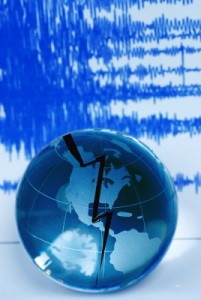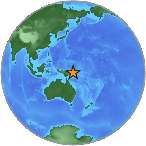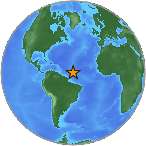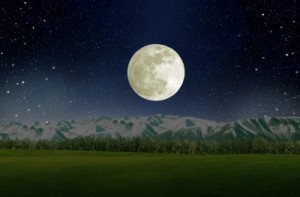
2013 Super Moon created large earthquakes at the equator.
This year’s Super Moon did cause large earthquakes to occur at the equator. On June 23, 2013 when the Moon was the very closest to our Earth, Papua New Guinea and the Mid-Atlantic Ridge both began to move. The earthquakes were on opposite sides of the Earth, but both were close to the equator where the Earth bulges.
Chain of Super Moon Quakes
June 23, 2013

Super Moon quakes at Papua New Guinea – USGS
4.7 Papua New Guinea
5.0 Papua New Guinea
5.2 Costa Rica (same latitude as Mid-Atlantic Ridge)
5.0 Mid-Atlantic Ridge

Super Moon quakes at Mid-Atlantic Ridge – USGS
June 24, 2013
5.5 Papua New Guinea
4.7 Papua New Guinea
4.7 Papua New Guinea
5.5 Papua New Guinea
6.6 Mid-Atlantic Ridge (downgraded to 6.4)
More Quakes Shake The Equator
The nearer and larger any mass is to the Earth, the more influence it has on the Earth. We all know that the Moon influences our tides, so you can appreciate the fact that the Super Moon influences our equator’s watery bulge.
The Super Moon effects the Earth for more than just one day – the Moon is actually close to the Earth for about 4 months. On June 23, the Moon was at its CLOSEST, but it will still be very close to the Earth for another couple of months.
This means that the Moon will still have a great effect on the tides and on the equator.
So, monitor USGS earthquake alerts for more quakes to shake the equator.

